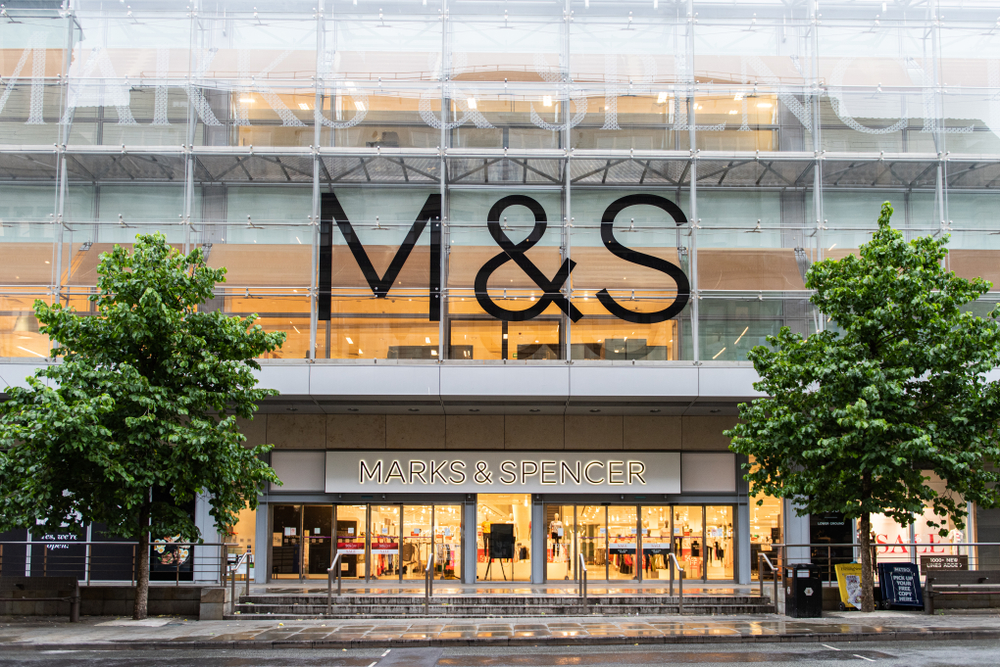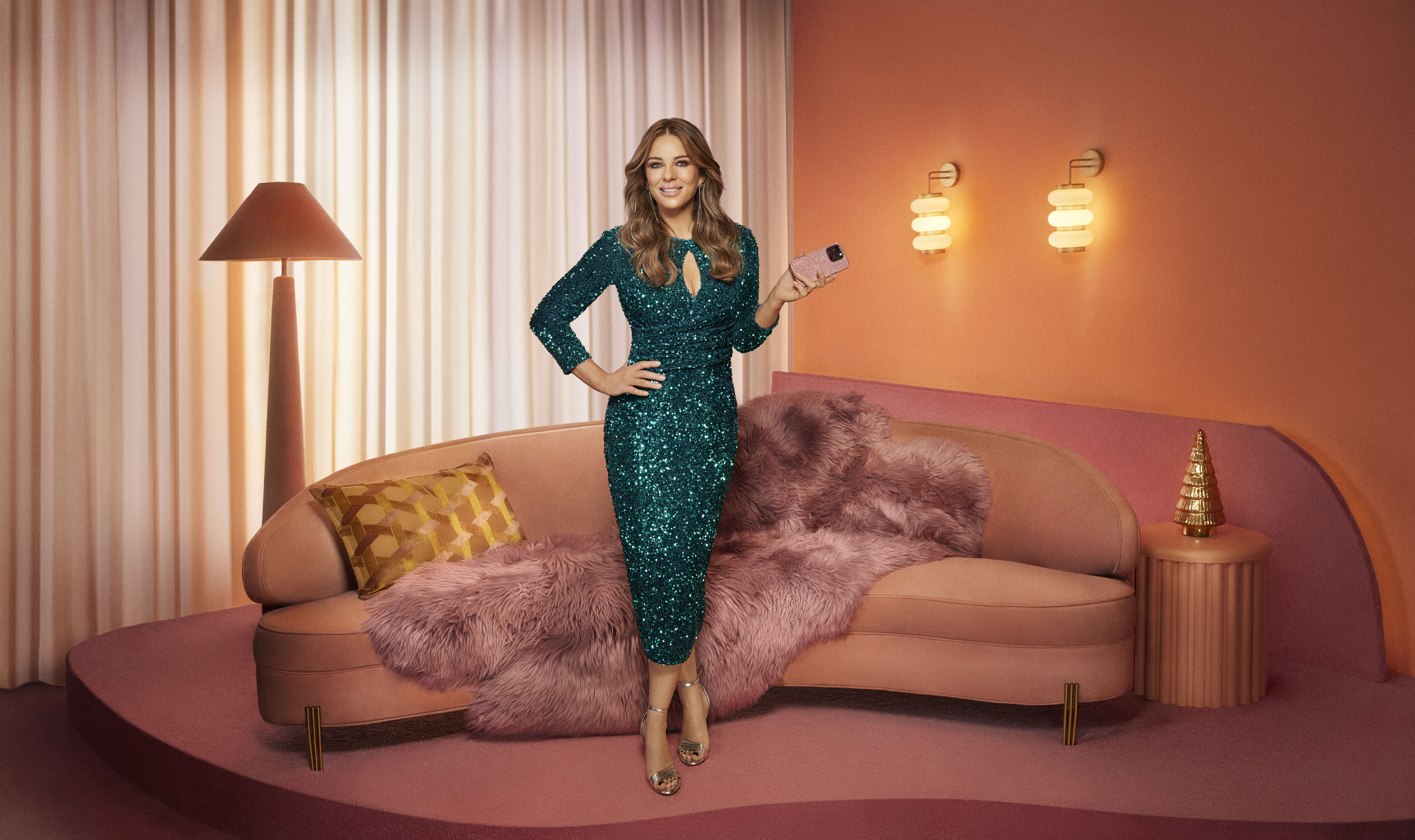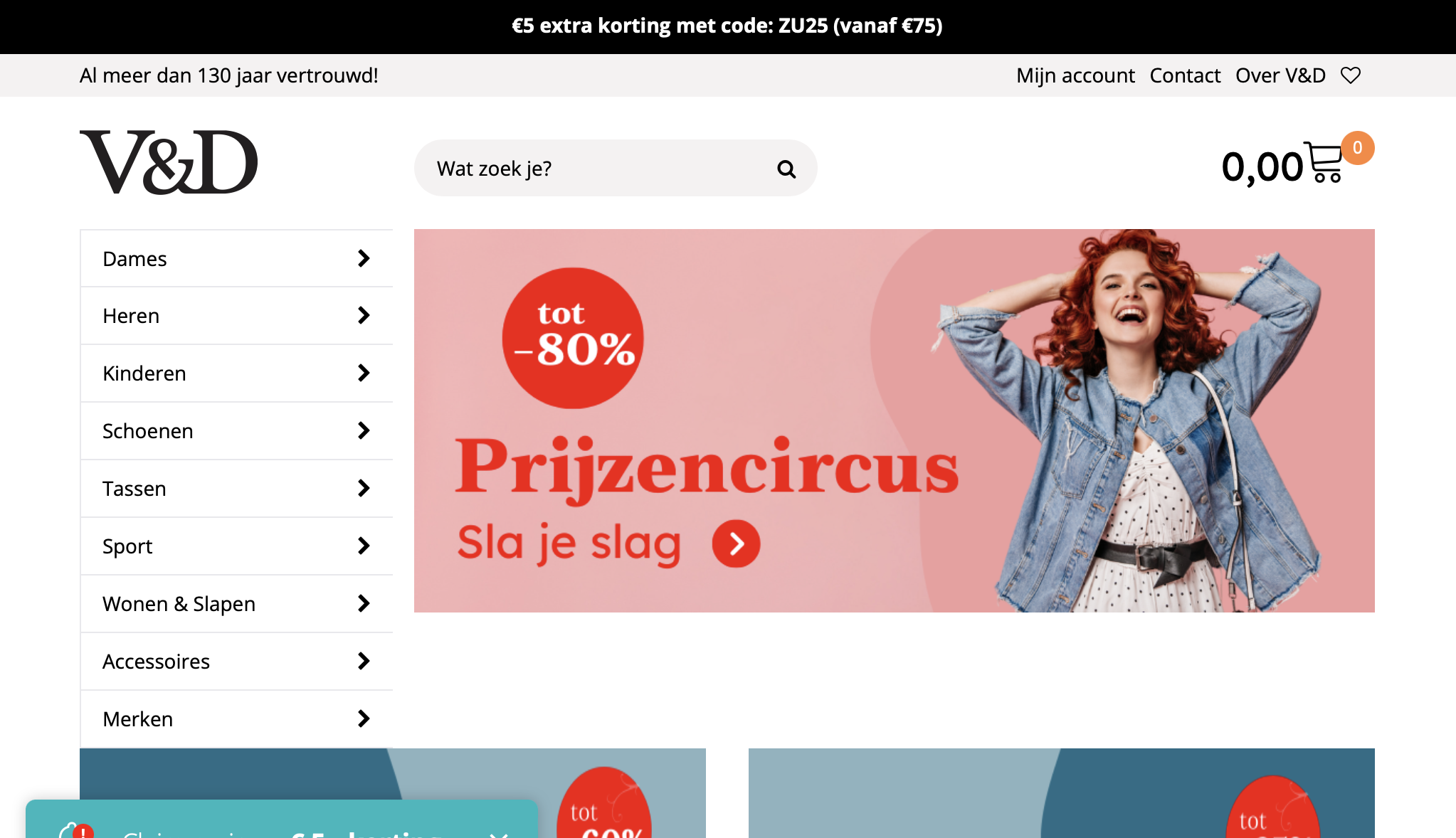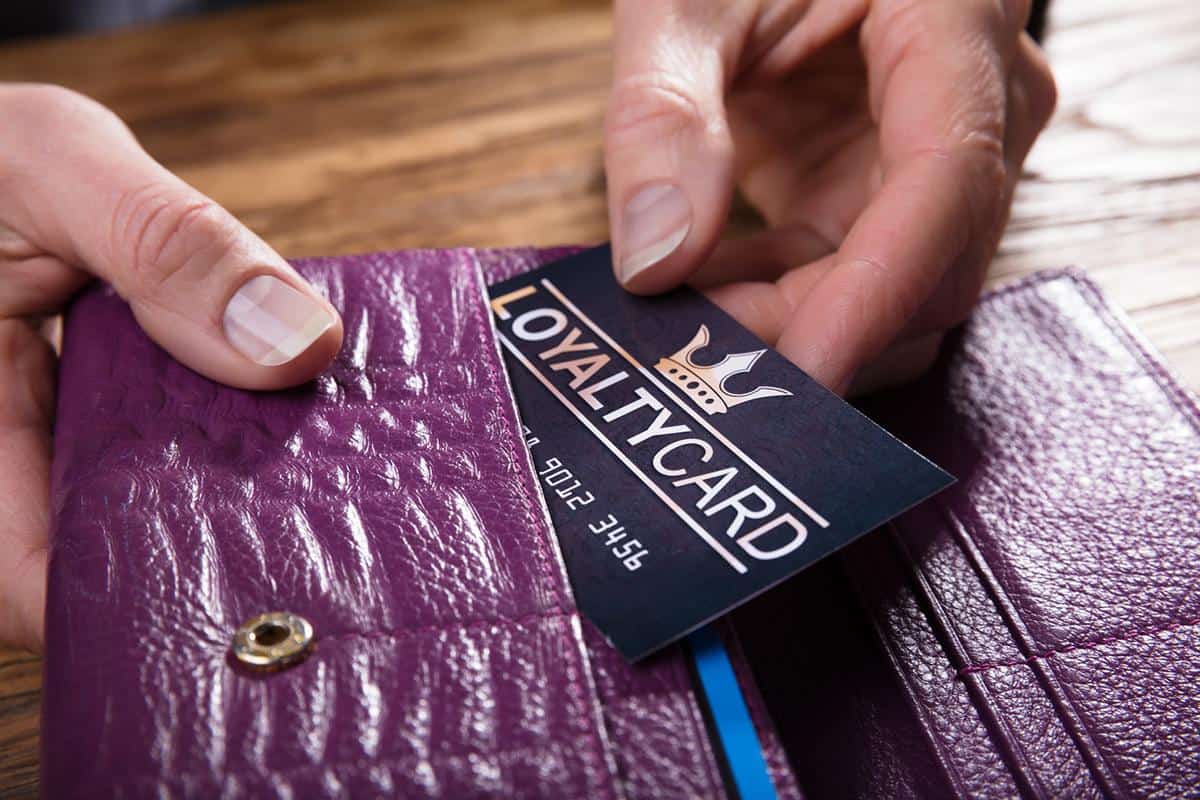John Lewis and Waitrose owner the John Lewis Partnership is to invest £1bn over five years to expand digital, virtual and delivery services in order to get closer to customers – and restore profits.
The partnership today set out a five-year plan with the ambition of making profits of £400m a year by 2025 – from £123m in 2019/20 – and reaching net zero carbon emissions by 2035 – 15 years earlier than previously planned. It will spend the £1bn – which it says will be self-funded – on improving its online business, and modernising its shops. Once profits have improved to £200m, as expected in the next two years, it says it will pay all of its partners the real living wage, and it will pay a bonus once they are over £150m. The partnership also says it will modernise shops to give “the right space in the right place” and saving £300m a year by 2022 – implying further store closures.
The plan aims to reverse three consecutive years of falling profits. In March 2020, when full-year profits fell to £123m, the partnership paid its lowest bonus to partners for 67 years. In the summer the retailer promised a new strategic plan that would see it adapt to how customers now want to buy – but when it released half-year results in September, with a loss of £635m, it said there would be no bonus this year.
Sharon White, chairman of the John Lewis Partnership, said: “We’ve seen five years of change in the past five months and Waitrose and John Lewis have responded with great agility. Our plan means the John Lewis Partnership will thrive for the next century, as it has the last.
“We’re adapting successfully to how customers want to shop today, while showing the Partnership is improving lives and building a more sustainable future. We’ll share our success with our customers, partners – who own the business – and our communities.”
How John Lewis plans to get closer to online customers
Sixty per cent of John Lewis & Partners’ sales are now online, following the shift in customer behaviour brought by the Covid-19 pandemic. By 2025, the retailer expects that up to 70% of its sales will be online. The department store, ranked Elite in RXUK Top500 research, will invest further in virtual services such as personal styling, home design and the John Lewis virtual Christmas shop, as it looks to reinvent its in-store services for an online audience.
John Lewis, which now has 42 shops after deciding not to reopen eight from Covid-19 lockdown, is expanding its click and collect locations well beyond its own footprint through branches of Waitrose, third party retailers – such as pick-ups through 505 branches of the Co-op – and collection points, with the aim of reaching 1,000 sites. Shoppers will be able to buy as well as pick up products at them, as the retailer focuses on how people now want to buy from it.
It also wants to get to know its customers better through data analytics and new loyalty plans. Its Never Knowingly Undersold promise is in place until a new pledge can be made next year, following customer research.
John Lewis is also adding more products to an online furniture rental trial with Fat Llama after an initial set of products was fully rented out. Currently it is operating or testing more than 20 initiatives in the area of rental, resales and recycling. It wants to see its products last for longer, with all products set to have a ‘buy back’ or ‘take back’ solution by 2025, with the main raw materials from own-brand products to be from sustainable or recycled sources by 2025.
How Waitrose aims to combine convenience with sustainability
Waitrose & Partners, a Top100 retailer in RXUK Top500 research, is to increase its delivery capacity beyond 250,000 orders a week through new partnerships. Its Deliveroo trial – promising delivery in as little as 30 minutes – expands from five to 30 shops from today. Before the pandemic arrived, Waitrose had 55,000 weekly delivery slots and it currently has more than 190,000 slots a week. The retailer now trades from 335 shops in the UK, including 61 convenience stores and 27 in motorway service stations.
Waitrose wants to be first choice for customers who choose where to buy based on quality, ethics and service. It will source only from zero carbon farms by 2035 and aims to halve food waste in its own operations, in its supply chain and in its customers’ homes by 2030.
The plan will see the two brands work more closely together, with John Lewis Christmas trees, with stoppable QR codes in 300 branches of Waitrose, and Waitrose Christmas hampers available through John Lewis. The group will also spend £400m to target new business areas – from which it hopes to make 40% of its profits by 2030.
Beyond retail, the partnership is already set to make planning applications for ‘build to rent’ homes on two of a potential 20 sites that it already owns. These homes will be furnished with John Lewis products and can receive Waitrose deliveries. The business also looking at the possibilities for extending into the outdoor living area through customer research.
Nina Bhatia, executive director of strategy and commercial development at the John Lewis Partnership, said: “This is a bold plan to grow our business and get us much closer to our customers. Waitrose and John Lewis are two of the country’s most trusted brands and we’ll offer the best products and customer service on the high street and online.
“We’re creating new inspirational services for customers where strong ethical values and peace of mind matter, like reusing and recycling products, personal savings and rented housing. Our plans will firmly establish Waitrose and John Lewis as the go-to brands for customers that care about quality, value, and sustainability.”
The plan will emphasise the importance of equality, wellbeing, cutting waste and carbon emissions while recruiting young people coming out of the care system.








